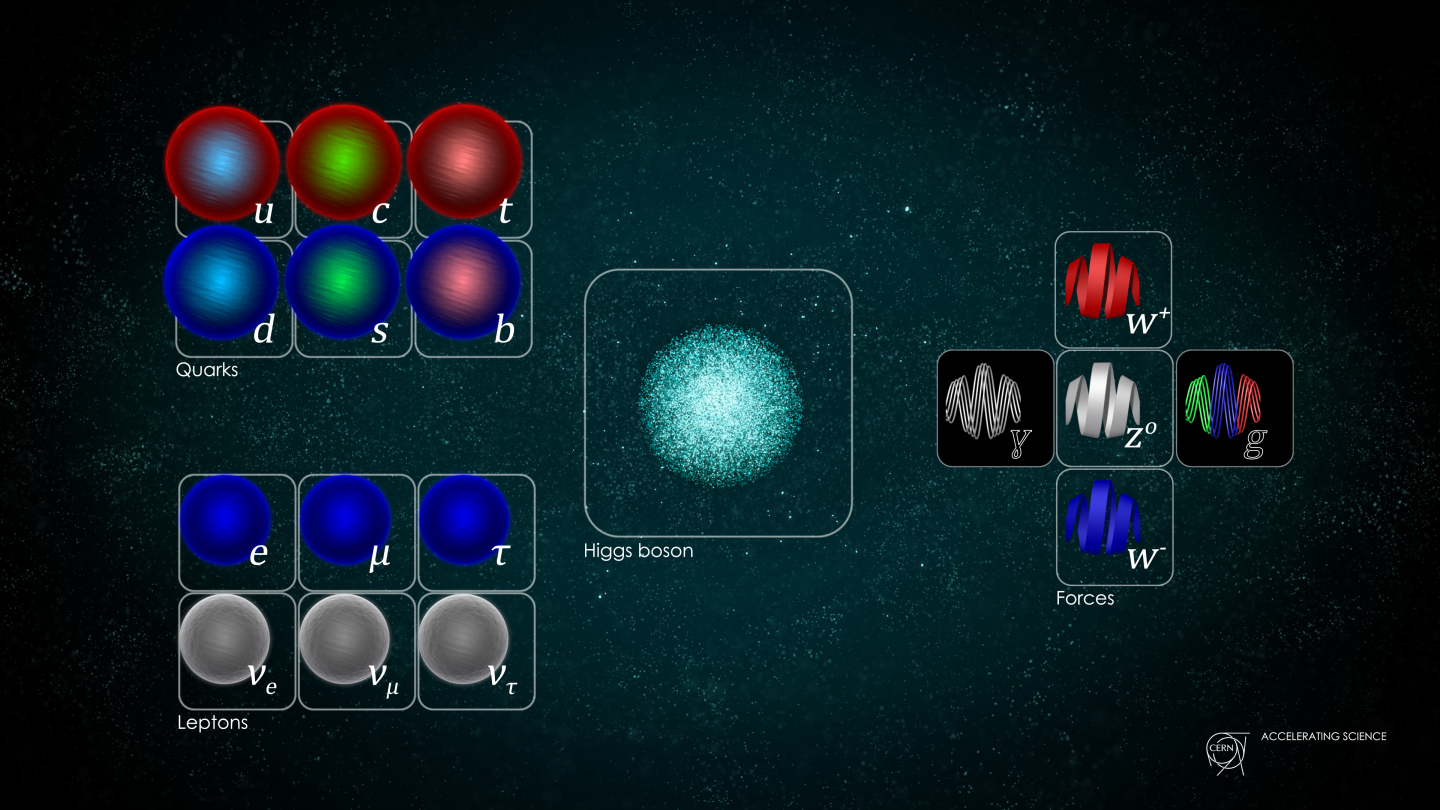String Theory Explains Superconductors
MIT scientists have found string theory useful in explaining the behavior of superconductors; applying that theory to other phenomena could move physics in a positive direction. “A ‘theory of everything’ that marries general relativity and quantum mechanics would encompass all physical interactions, no matter the size of the object. One of the most popular candidates for a unified theory is string theory, first developed in the late 1960s and early 1970s. String theory holds that electrons and quarks (the building blocks of larger particles) are one-dimensional oscillating strings, not the dimensionless objects they are traditionally thought to be. Physicists are divided on whether string theory is a viable theory of everything, but many agree that it offers a new way to look at physical phenomena that have otherwise proven difficult to describe.”




